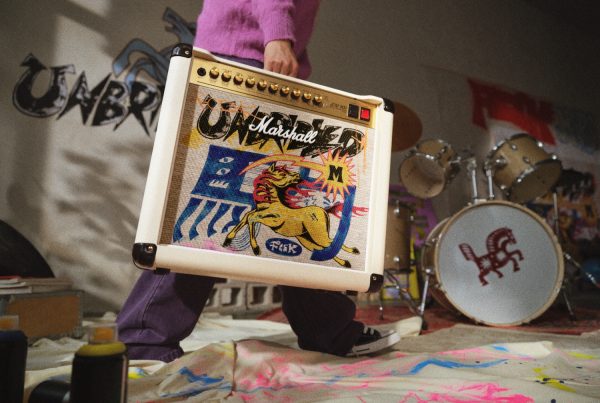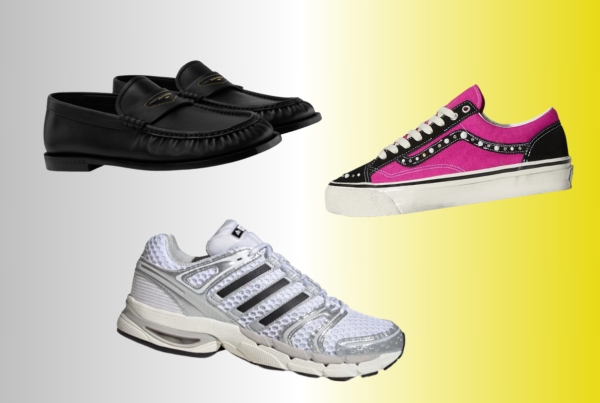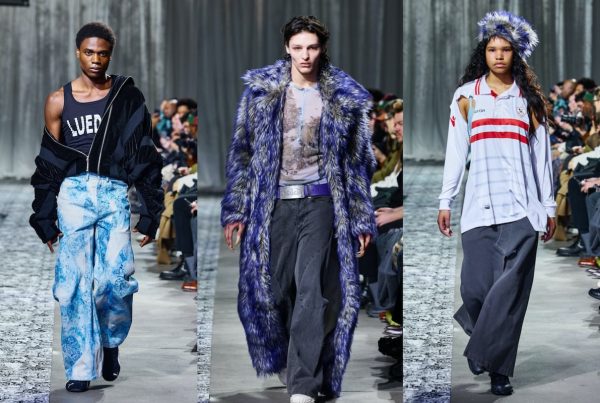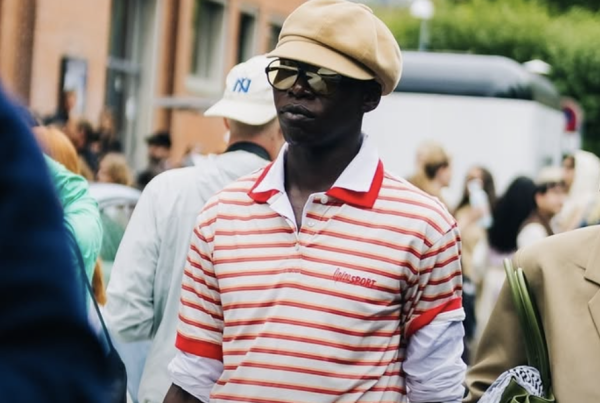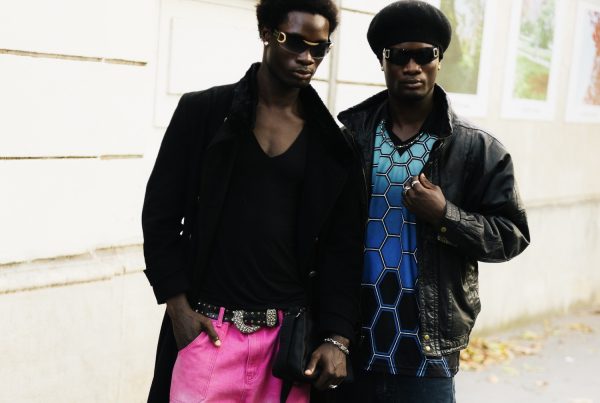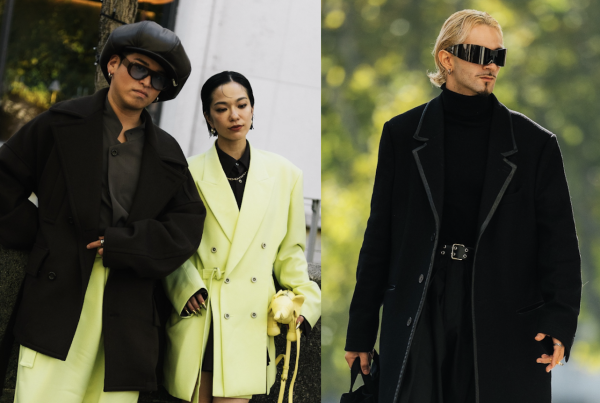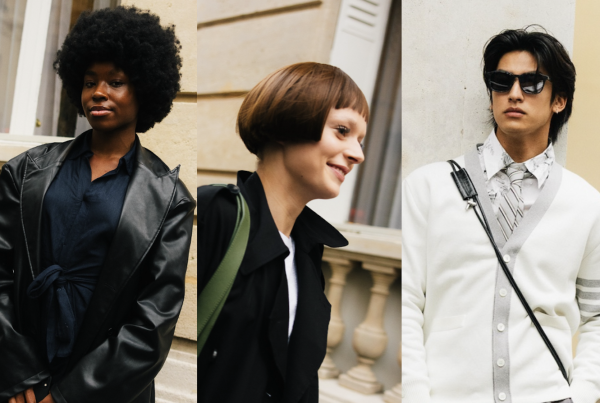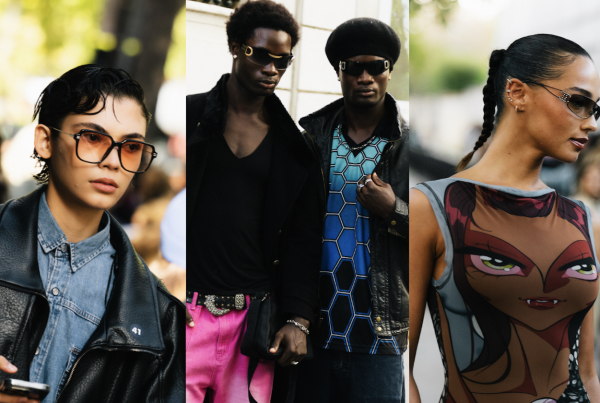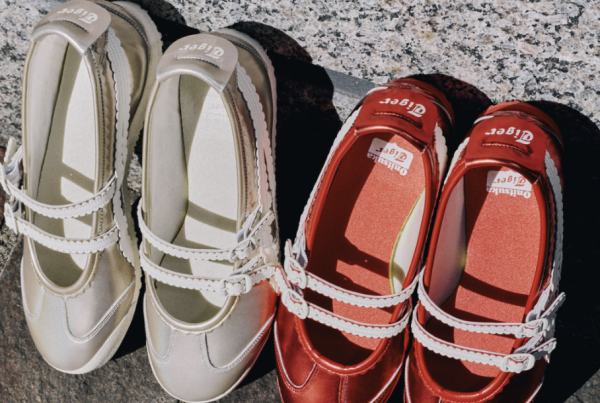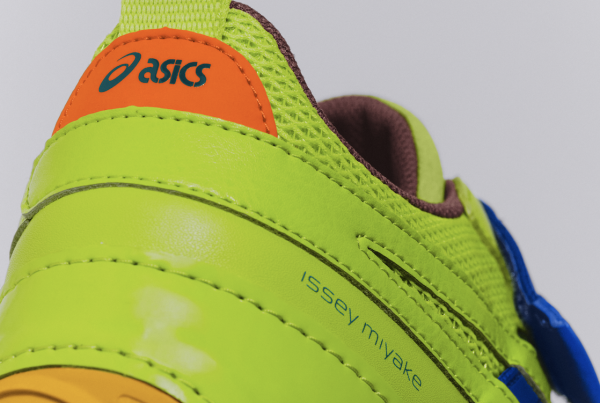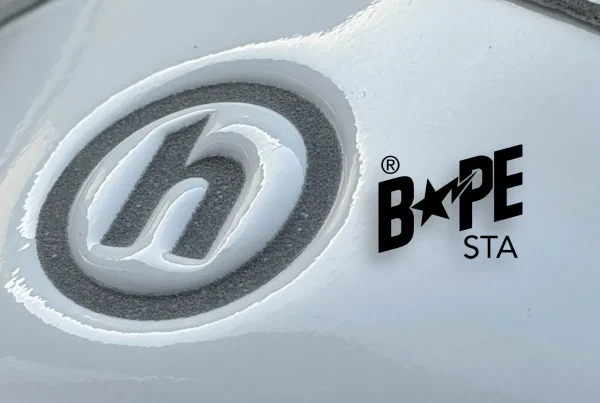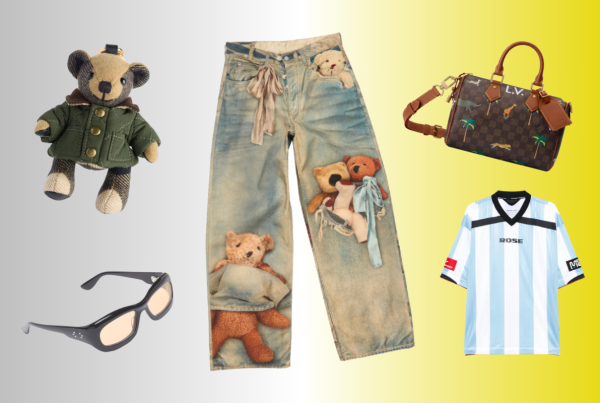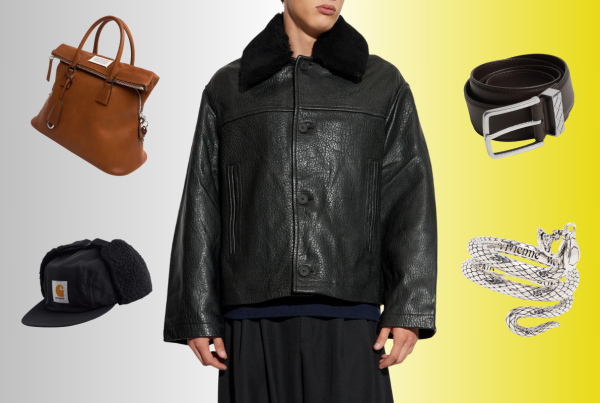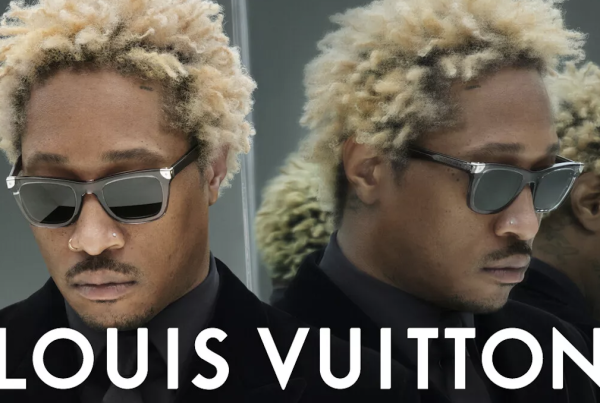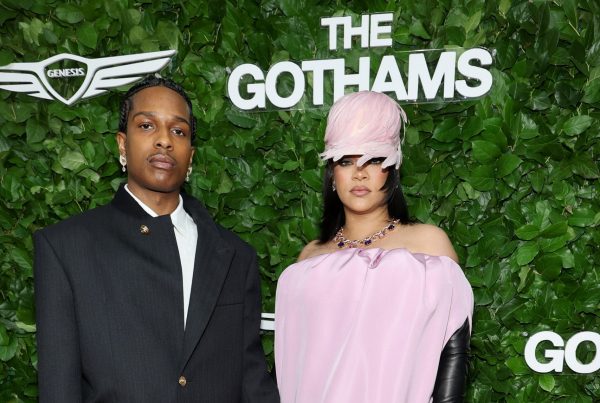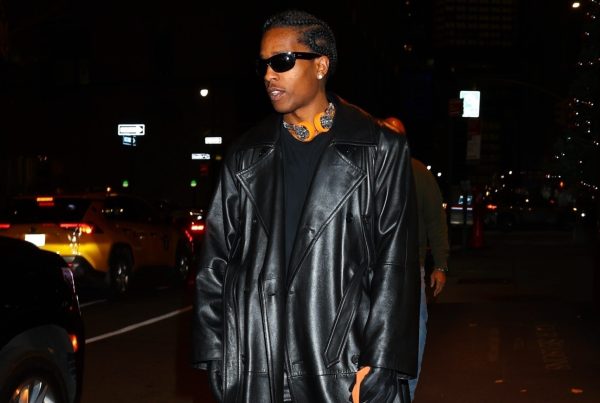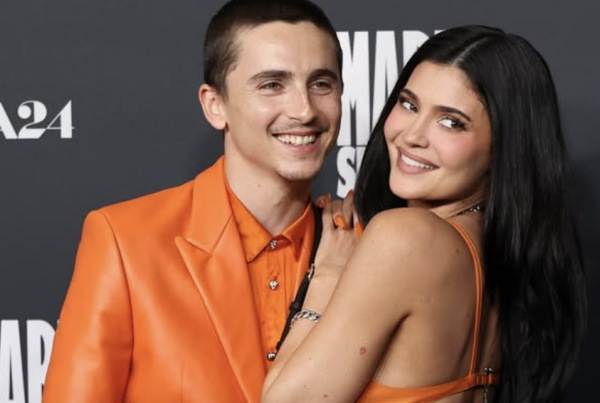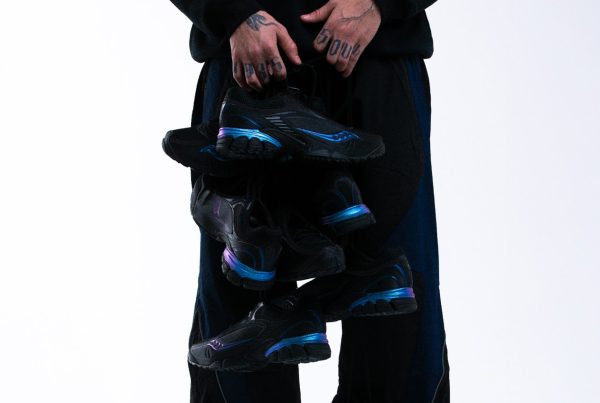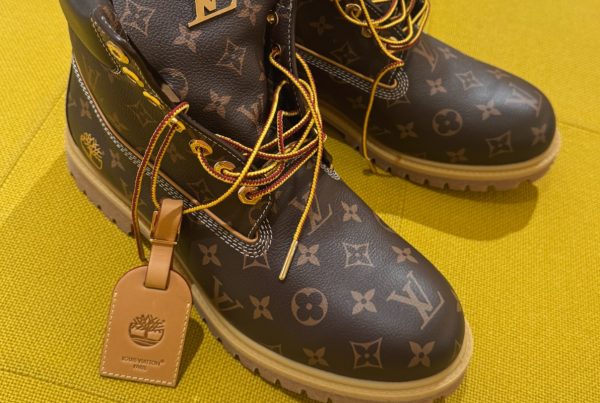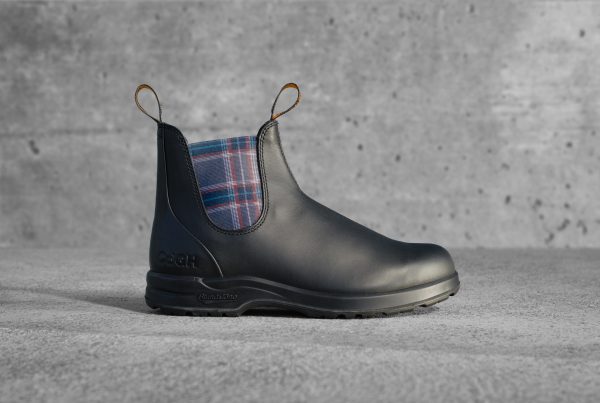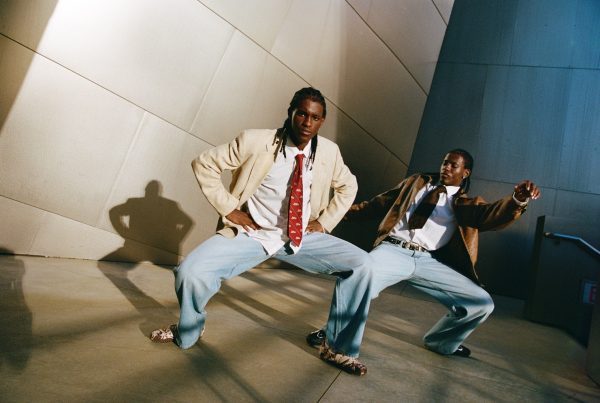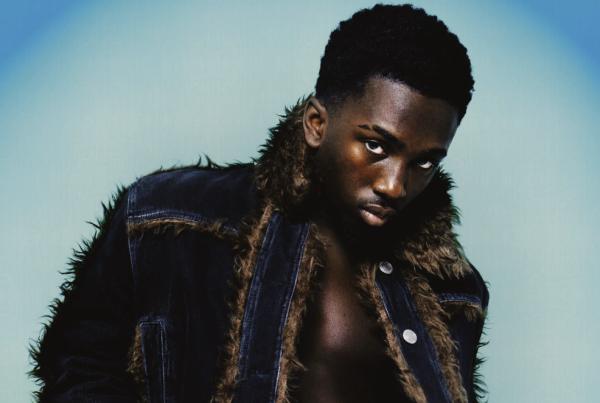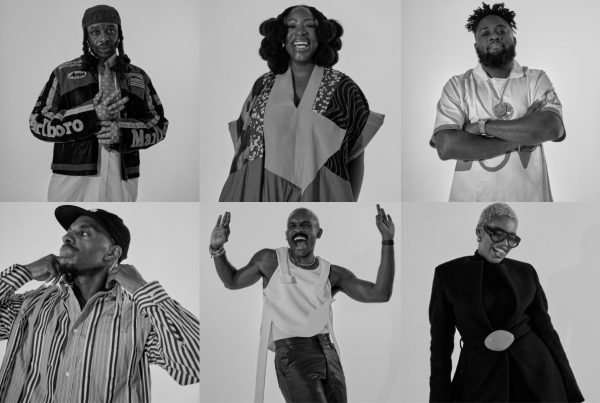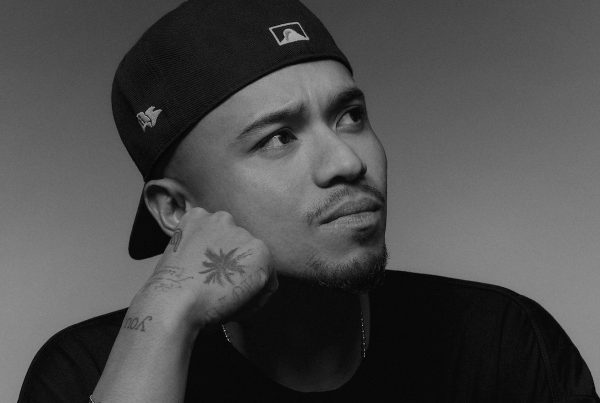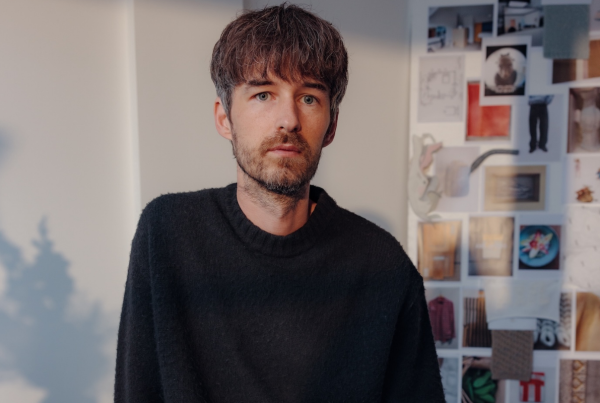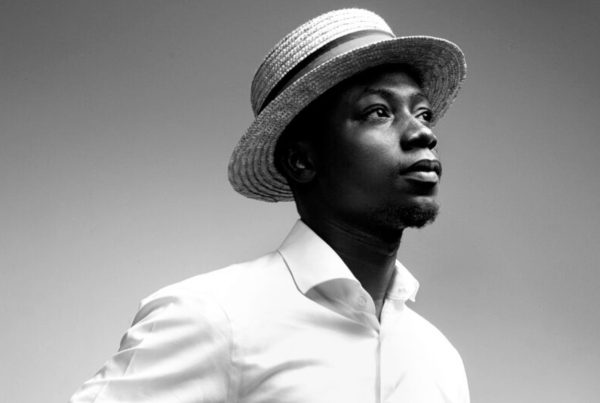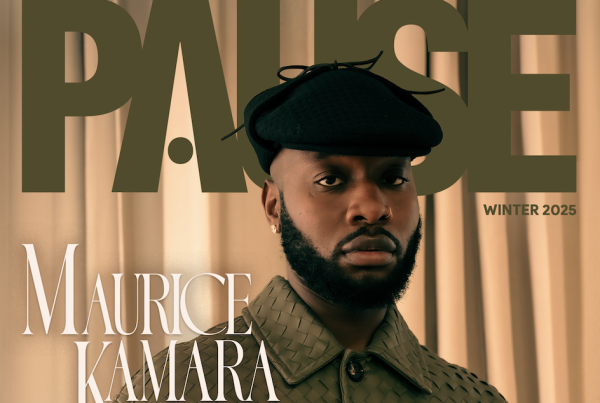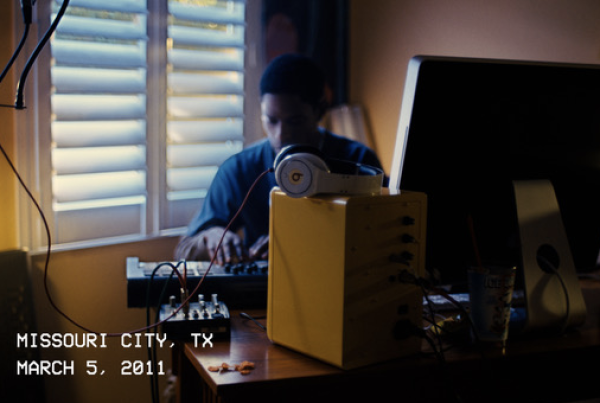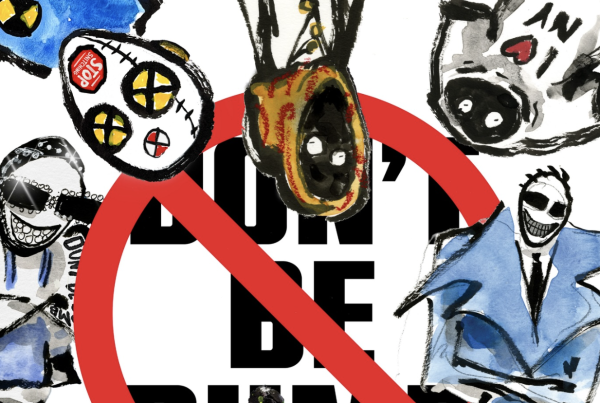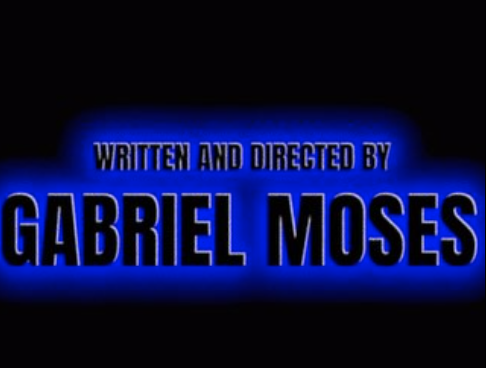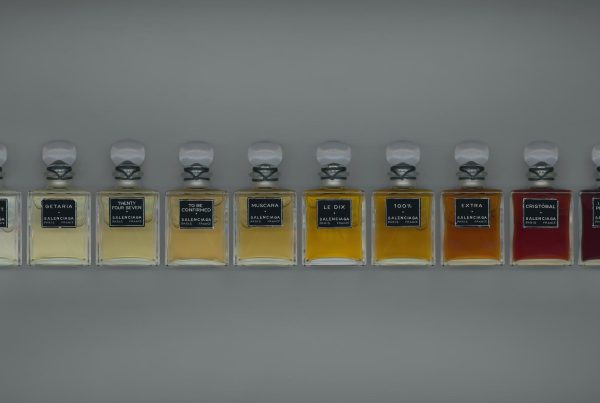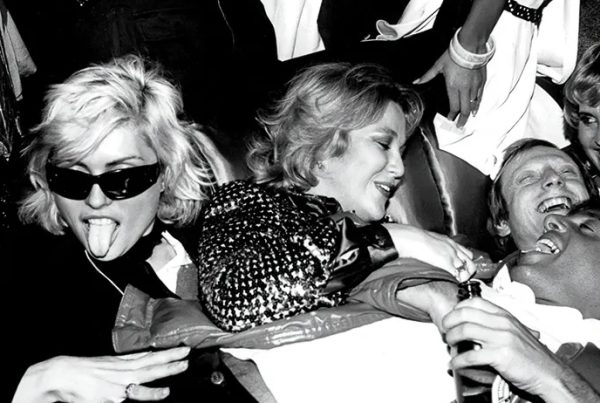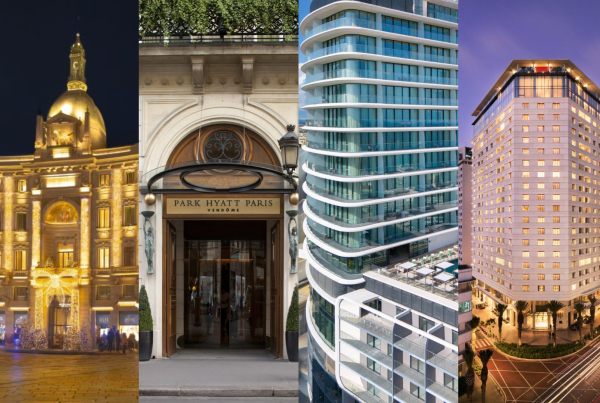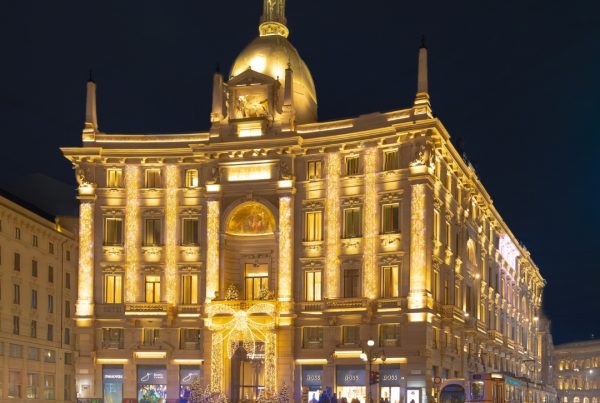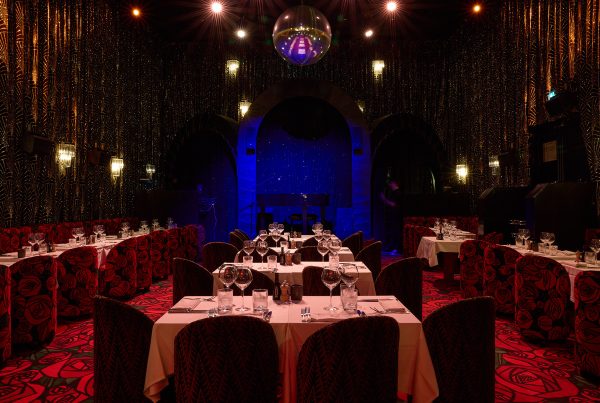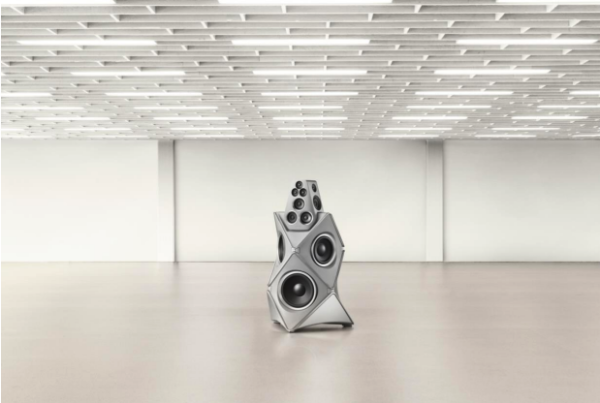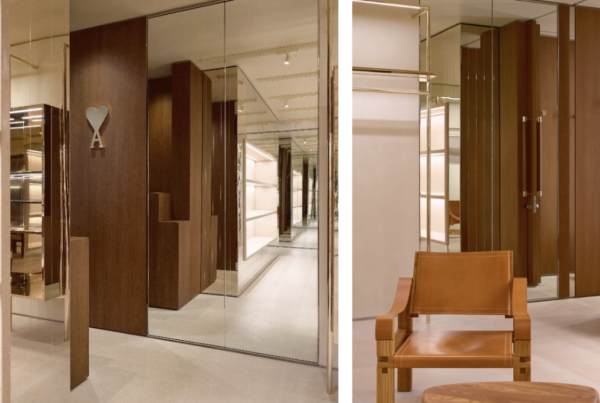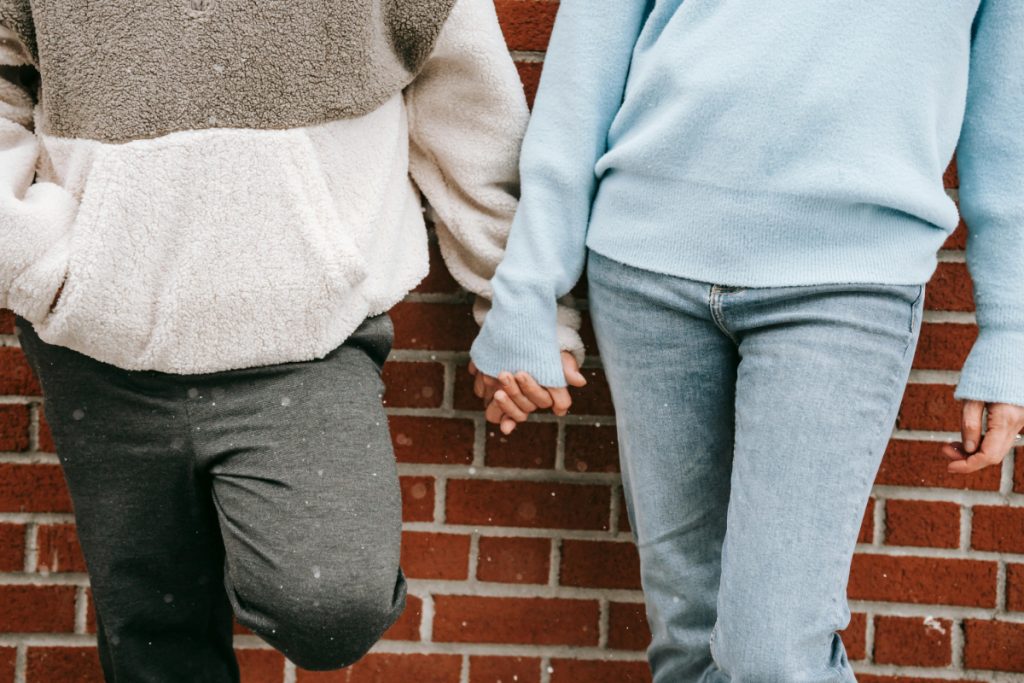
Social media platforms such as Instagram, TikTok, and Pinterest play a decisive role in shaping modern fashion trends. These platforms serve as virtual runways where influencers wield considerable influence over consumer preferences and fashion design. This trend shows no signs of abating; in 2024, social media will continue to drive fashion, compelling brands to engage in authentic collaborations to maintain relevance. To win over social media followers, brands must ensure their messaging is clear and genuine.
Social media has also transformed dating rituals. Profiles on dating apps often feature carefully curated images that reflect current fashion trends, heavily affecting how people present themselves. This emphasis on visual presentation can result in a culture where appearance, dictated by fashion trends, becomes a factor in initial impressions and dating dynamics.
Gender-neutral and inclusive fashion trends are gaining traction, reflecting a move towards greater inclusivity. These trends challenge traditional binary constructs, offering people more freedom in self-expression. Gender-neutral fashion allows for a broader range of choices, promoting equality and impacting dating by providing a more inclusive platform for self-expression.
Economic and Cultural Context
The economic environment in 2024 is expected to present challenges characterized by subdued growth, persistent inflation, and weak consumer confidence. These factors will likely influence consumer spending habits, including those related to fashion and dating. Cultural trends also indicate a move away from traditional markers of adulthood. Homeownership and marriage are becoming less significant, while young people are engaging more in gig economy jobs. These economic realities change how people approach both financial and romantic decisions.
Fashion trends not only impact presentation but also influence the types of relationships people pursue. In these scenarios, fashion choices often signal openness to exploring multiple connections or a penchant for luxury. Gender-neutral fashion trends support this, allowing people to move past traditional gender expectations.
Social media influencers often dare to showcase non-traditional fashion trends, breaking away from norms and fostering environments where varied relationship dynamics are normalized. Consequently, these platforms become spaces for open dialogue about unconventional relationships.
Fashion Trends and Romantic Connections
Fashion trends are an element in modern romantic connections, impacting both self-expression and how potential partners perceive one another. As Gen Z adults are more likely to follow fashion trends than older generations, these trends become a tool for expressing identity and establishing connections. The emphasis on unique fashion choices can also be seen in the rise of unconventional relationship styles like sugar dating here, where mutual interests in luxury fashion and high-end experiences often play a central role.
Different generations have distinct fashion influences that affect their dating rituals. For example, Gen Z’s fondness for 90s and early 2000s styles contributes to a revival of vintage clothing. Platforms like TikTok frequently shape these fashion choices, giving rise to trends that blend nostalgia with modern sensibilities. Additionally, fashion is used to challenge traditional norms. The “eclectic grandpa” trend, combining oversized silhouettes with tailored pieces, represents an example of how fashion can convey confidence and individuality.
Sustainability remains an aspect for many, with a large proportion of Gen Z willing to pay more for sustainable or environmentally friendly products. This preference often extends into their dating choices, seeking partners who share similar values. By understanding these intersecting trends, one can better appreciate the complex ways in which fashion shapes modern dating rituals and relationship dynamics.
Sustainability and Technological Advancements
Sustainability and ethical practices in fashion are becoming increasingly important. Consumers are growing more mindful of brands’ ethical stances, and this awareness extends to dating. People may prefer partners who also value sustainability, leading to more conscientious consumer choices. This focus on meaningful and sustainable practices over disposable relationships mirrors the trends in responsible fashion consumption.
Technological advancements are also reshaping the fashion industry. Fashion blurs the lines between virtual and physical attire, influencing how people present themselves. Tools and platforms proliferate, making online dating more prevalent. Fashion trends influenced by culture play roles in these interactions.
Next, the trend of accessorizing and personal expression is gaining ground. Practical accessories are essential in expressing unique styles. This drive towards customization impacts how people present themselves in dating scenarios, emphasizing individuality and authenticity. These accessories also reflect broader cultural moves towards personalization and self-expression.
Color Trends and Psychological Effects
Color trends for 2024 are expected to feature bold hues such as fuchsia, yellow, and emerald green. These colors can convey specific emotions and moods, affecting how people express themselves in dating contexts. The resurgence of pink, driven by the “Barbie” trend, is an example of how particular colors can become cultural phenomena, influencing both fashion choices and dating behaviors.
Color psychology in fashion is an essential tool in romantic perceptions. Colors like red are often associated with passion and love, making people appear more attractive and desirable. Blue hues symbolize trustworthiness and reliability. Thus, fashion choices can impact the signals people send in dating scenarios.
Fashion trends reflect broader social changes and cultural values. Minimalistic fashion, questioning consumerism in the 20th century, is an example. In current times, fashion is embracing values like eco-consciousness and inclusivity, influencing the way society view relationships and individual self-expression.
Sociocultural Trends
The fusion of global and local design aesthetics creates a hybrid language of fashion. This fusion respects tradition while embracing inclusive values, influencing how people from various cultural backgrounds interact. Nationalism and fragmented global governance may lead to a stronger emphasis on local identities in both fashion and dating.
Fashion trends play a role in shaping dating rituals, especially through their impact on self-expression. For example, Gen Z integrates nostalgic fashion elements into their contemporary style, which reflects broader cultural phenomena. This trend has led to the resurgence of vintage clothing.
The influence of influencers and celebrities on fashion trends cannot be overstated. Collaborations between influencers and brands often result in new trends, which trickle down to dating rituals. As the new guard of creative personalities wins fans on social media, brands will need to update their strategies to reflect these changing dynamics.
Fashion also acts as a silent communicator in attraction. Clothing choices signal various cues about personality, mood, and intentions, affecting psychological responses and perceptions in romantic contexts.
In summary, modern fashion trends influence dating rituals by shaping self-presentation, relationship dynamics, and personal values. The impact of social media, economic conditions, cultural changes, sustainability, technological advancements, and color psychology converge to redefine how people approach romantic connections. Fashion serves as both a mirror and a tool for self-expression, making it an integral component of contemporary dating behaviors.

